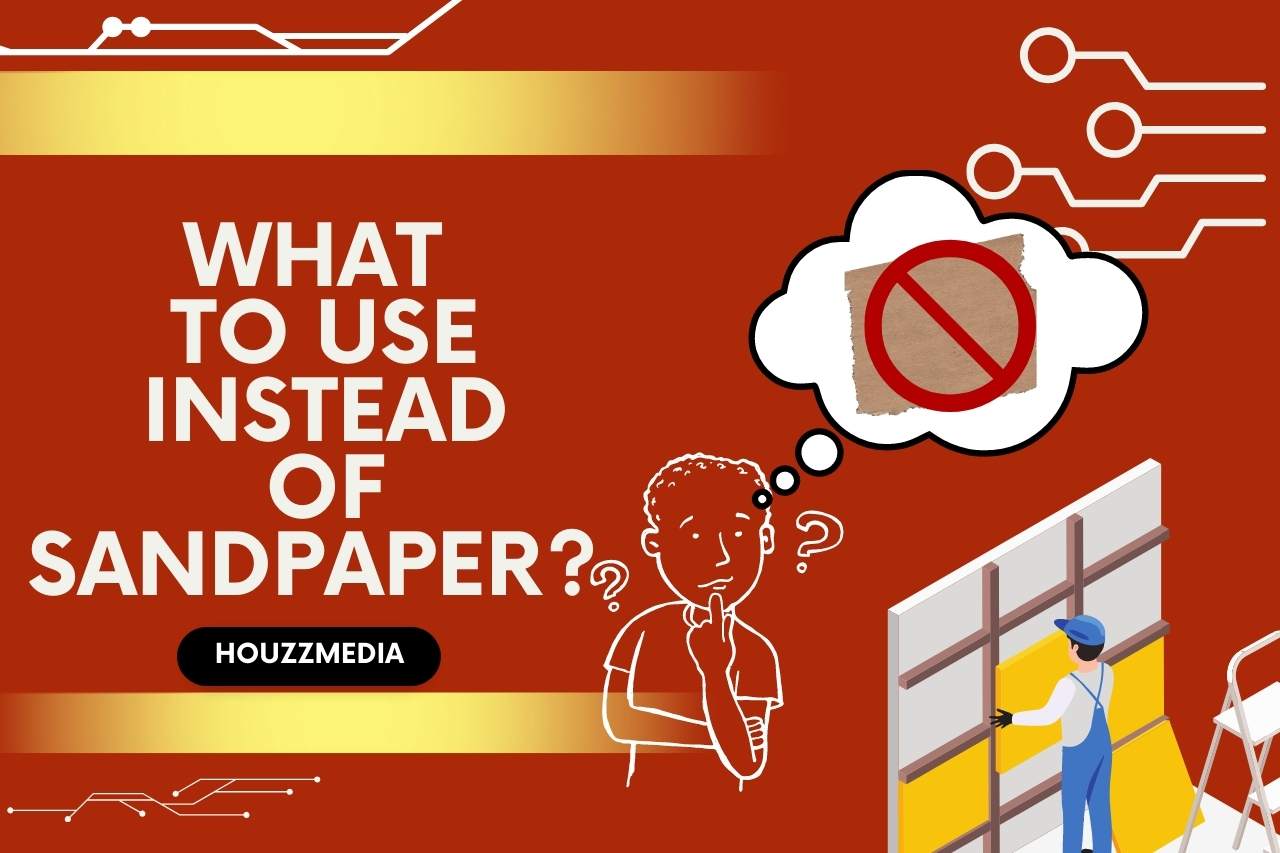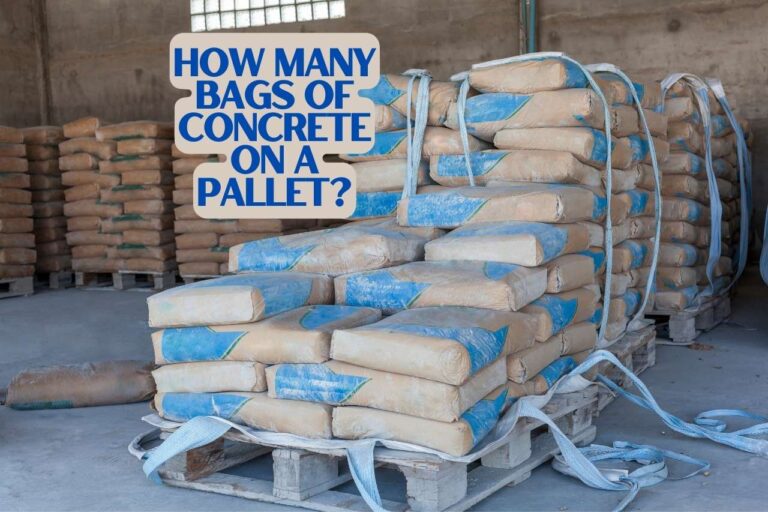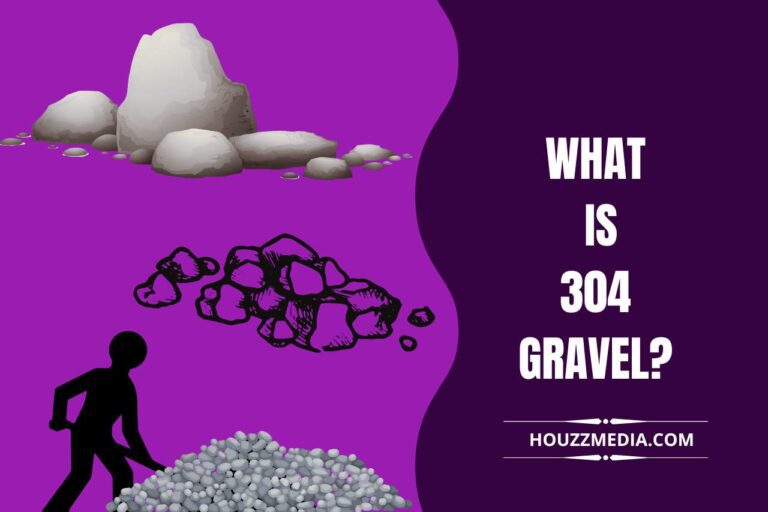What To Use Instead Of Sandpaper? 6 Most Practical Methods
Sandpaper is commonly made of abrasive minerals such as aluminium oxide or garnet, which is glued to a paper backing. Specifically, sandpapers are used to smooth out rough surfaces. For example, we can easily use sandpaper in painting, wood finishing, and preparing surfaces for gluing. They are also used to remove unnecessary material from surfaces in everyday life. What if you don’t have any sandpaper with you? Well, not to worry; there are several alternatives to sandpaper. So, let’s discuss what to use instead of sandpaper.
What Did People Use Before Sandpaper?
To achieve a smooth and flat surface, ancient woodworkers and metalworkers relied primarily on their ability with a plane and scraper. When abrasives were required, they used natural alternatives such as cattails, fine sand, and rottenstone. Later on, some of the first types of sandpaper were developed by the Chinese in the 13th century by breaking and squashing seashells and using natural gums to bind them to parchment paper.
Below are some mostly used alternatives instead of sandpapers in ancient periods.
Shark Skin
As sandpapers are mostly used in wood and metal works, before the invention of sandpapers dried-up shark skin was used in smoothing and polishing wood and metal due to its rough and abrasive properties.
Equisetum, Also Known as “Horsetail” or “Heermoes” (Dutch)
Horsetail is another alternative they used in past. It grows by the side of the road, so it is easy to get. When sanding from it you will find out that it leaves a smooth surface while rubbing out the fine lines.
Can You Sand Without Sandpaper?
Yes, it is better to do it by hand. Sanding is the procedure of smoothing and making even the surface of a workpiece with coated abrasive. It is required not only to gently remove blemishes but also to arrange the surface for the application of subsequent textures or coatings.
So, instead of using a power sander or sandpapers, you can use a sanding block or sand and a piece of leather or cloth for light sanding. Sanding is a time-consuming process that needed to be done with care and precision. In the end, final hand sand before finishing will give a result in a nicer finish than using a power sander.
Also, using burnishing as a method we can smoothen the surface. In burnishing, we have to rub the surface. Metal pipe, wooden block, a piece of leather, or a smooth stone are the most used items for that process. In addition, it compresses the outer strands of the surface, making them tougher.

What to Use Instead of Sandpaper?
There are so many organic and artificial alternatives to use instead of sandpaper. Let’s go through them in brief.
Walnut Shells
First, sprinkle some crushed ground walnut shells on the surface and rub them using a piece of cloth or leather. This is a very easy method to use and the result is amazing. Polishing the wood is a bonus of this method. However, the ground walnut shell is difficult to find and requires a lot of cleanups.
Corn Cubs
Corn cubs are used similarly to walnut shells and they give similar advantages as them also. Surfaces could get very smoothen by using these.
Pumice
Pumice is another option to consider which is formed during explosive volcanic eruptions. Mostly, these stones are used to rib off the dead skin cells on your skin and for beauty. When Pumice is used on wood, the wood should be wet always. Pumice is available in a variety of grids, holds a lot longer (less waste), and produces excellent results.
Rottenstone
Rotten wood is a powdered porous rock which is used for metalsmithing and woodworking polishing abrasives. This is very similar to pumice but available in a finer grid and a little cheaper than it.
Scraping
A razor-sharp knife is required for scraping. We have to scrape carefully down the grain of the wood for a better result. And adjusting the angle of the knife will affect how much wood is scraped off. If done right no waste occurs and best to use instead of sandpaper. This method is very hard to learn but learning will not be wasted if you are out of sandpapers!
Wood File
A wood file is a hand tool used mostly for smoothing and sharpening related tools as well as fine-finishing wood. Flat files, round files, and hand files are the most prevalent forms of files. The type of cut describes the firmness of a file. These costs are high but can be used instead of sandpapers. As sandpaper wears off quickly, wood files can be reused.
What Can I Sand Wood With In Place of Sandpaper?
To sand the wood, we can use a number of alternatives instead of sandpaper. As mentioned previously walnut shells, corn cubs and pumice stones are commonly used instead of sandpaper for sanding the wood. Furthermore, we can consider the below-mentioned alternatives.
Sand
By sprinkling some sand on the wooden surface and rubbing them using a piece of cloth or leather we can sand the wood. We have to do lots of cleaning afterwards but the method is quite easy to use.
Wire wool
You may use wire wool as an abrasive to remove some of the timber fibres, roughen the surface of paints and varnishes, and clean the metal of oxidation.
Power Sander
A power sander is a portable power that you can use instead of sandpaper and it works with wood, plastic, or metal. Also, they are used to roughen surfaces before finishing. These are battery- or electric-powered instruments that make quick work sanding wooden surfaces.
What is the Best Sandpaper Alternative for Metal?
Emery cloth can be used instead of sandpaper for metal. Emery cloth is ideal for sanding metal surfaces. Unlike standard sandpaper, the strong cloth backing will not fall apart or shred during intense sanding, reducing the risk of tiny fragments remaining on the prepared surface.
Conventional self-fracturing abrasives used on sandpaper wear out faster than emery abrasive, which contains non-fibrous metal oxide minerals to make it particularly strong and assist keep microscopic particles from breaking off and interfering with the next steps in metal paint preparation.
The entire fabric is resin cured for increased durability and heat resistance, which is especially useful for machine sanding. Emery cloth is good for removing metal paint, rust, and corrosion. Also, the emery abrasive stone and oxide mineral withstands harsh metal surfaces and sanding by hand or machine is possible. So, the best sandpaper alternative for metal is emery cloth.
You May Also Like;






